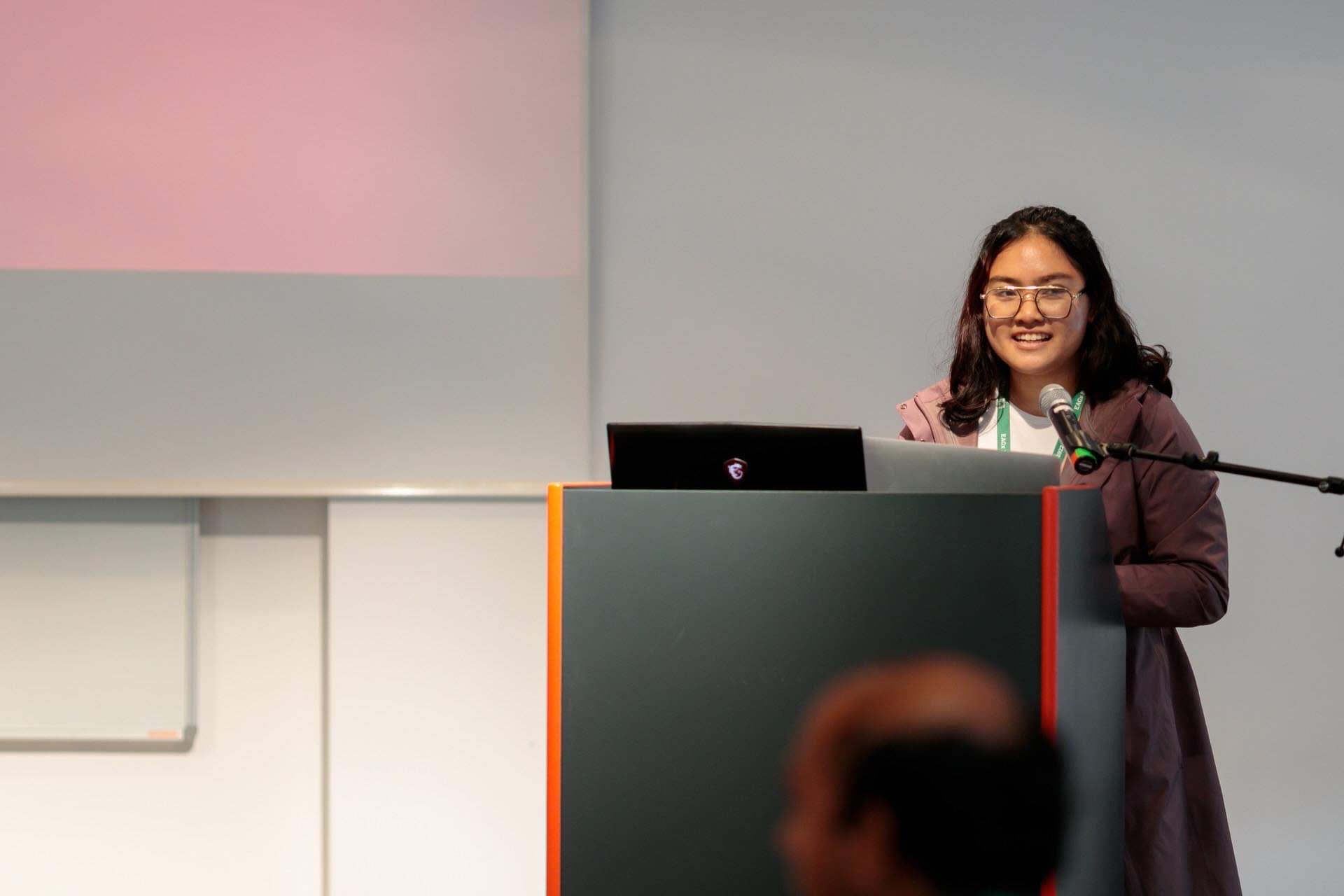Is now the time to add to RP’s great work?
Rethink’s Moral weights project (MWP) is immense and influential. Their work is the most cited “EA” paper written in the last 3 years by a mile - I struggle to think of another that comes close. Almost every animal welfare related post on the forum quotes the MWP headline numbers - usually not as gospel truth, but with confidence. Their numbers carry moral weight[1] moving hearts, minds and money towards animals.
To oversimplify, if their numbers are ballpark correct then...
Farmed animal welfare interventions outcompete human welfare interventions for cost-effectiveness under most moral positions.[2]
- Smaller animal welfare interventions outcompete larger animal welfare if you aren’t risk averse.
There are downsides in over-indexing on one research project for too long, especially considering a question this important. The MWP was groundbreaking, and I hope it provides fertile soil for other work to sprout with new approaches and insights. Although the concept of “replicability” isn't quite as relevant here as with empirical research, I think its important to have multiple attempts at questions this important. Given the strength of the original work, any new work might be lower quality - but perhaps we can live with that. Most people would agree that more deep work needs to happen here at some stage, but the question might be is now the right time to intentionally invest in more?
Arguments against more Moral Weights work
- It might cost more money than it will add value
- New researchers are likely to land land on a similar approaches and numbers to RP so what's the point?[3]
- RP’s work is as good as we are likely to get, why try again and get a probably worse product?
- We don’t have enough new scientific information since the original project to meaningfully add to the work.
- So little money goes to animal welfare work now anyway, we might do more harm than good at least in the short term if new research pushes in the other direction from RP's work.
Steps I’d like to see in a new project[4]
- Form a diverse group of experts, including some more cynical of animal sentience and moral worth along with pro animal-welfare scientists.
Start basically from scratch, making efforts not to rely too much on RP’s work[5]
- Exclude those who worked directly on the RP project
- Make efforts to include experts from outside the EA sphere
Full disclosure, I’m not unbiased here. As I’ve written I think RP may have favored animals at a number of critical junctures. The project was spearheaded by animal welfare campaigners, neuron counts were largely disregarded, and their behavioral score system meant that tiny weights were very unlikely. I also think its a little strange that RP don’t seem to have changed their numbers or processes on further inspection and criticism[6]. Often by now a project that complex would have evolved and changed in some respects. Of course none of this means that they are wrong, and I like many have updated heavily in favour of animal welfare work on the basis of their excellent work.
What do you think - is now the time to intentionally plan and fund more moral weights work?






















I agree. We proposed some surveys on this topic here and here. And we did some very limited work conceptually replicating earlier surveys here.